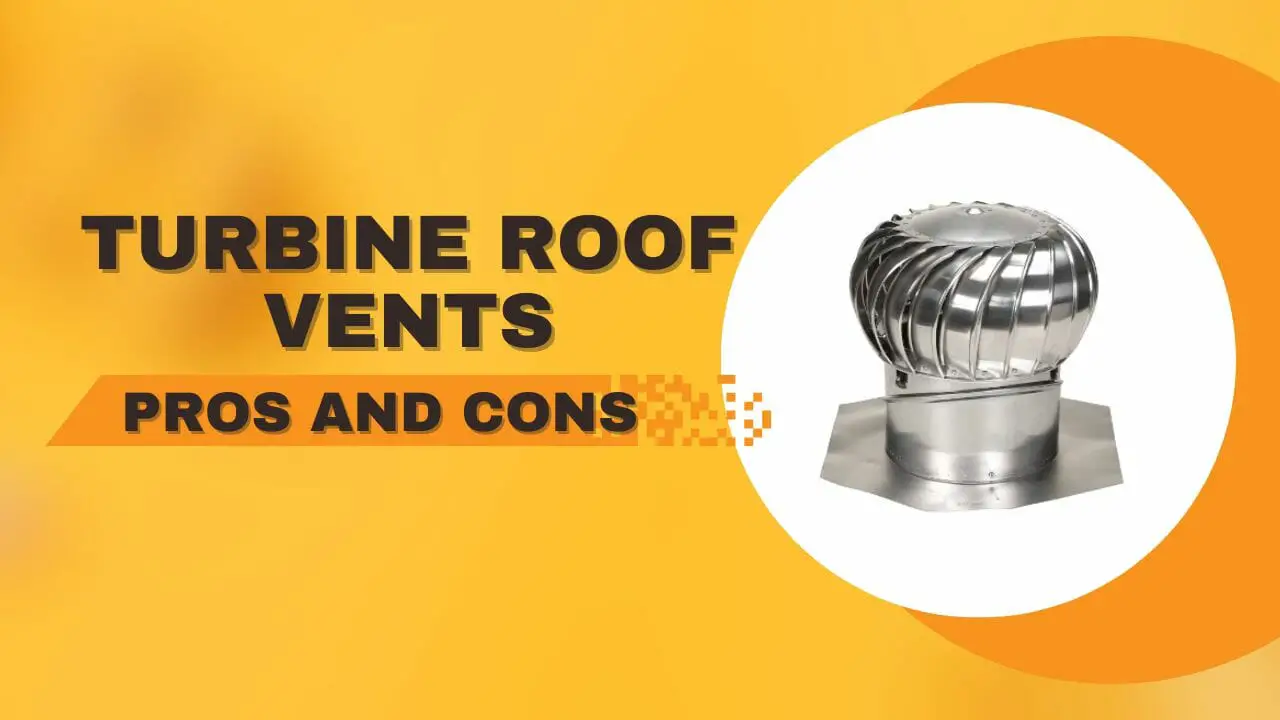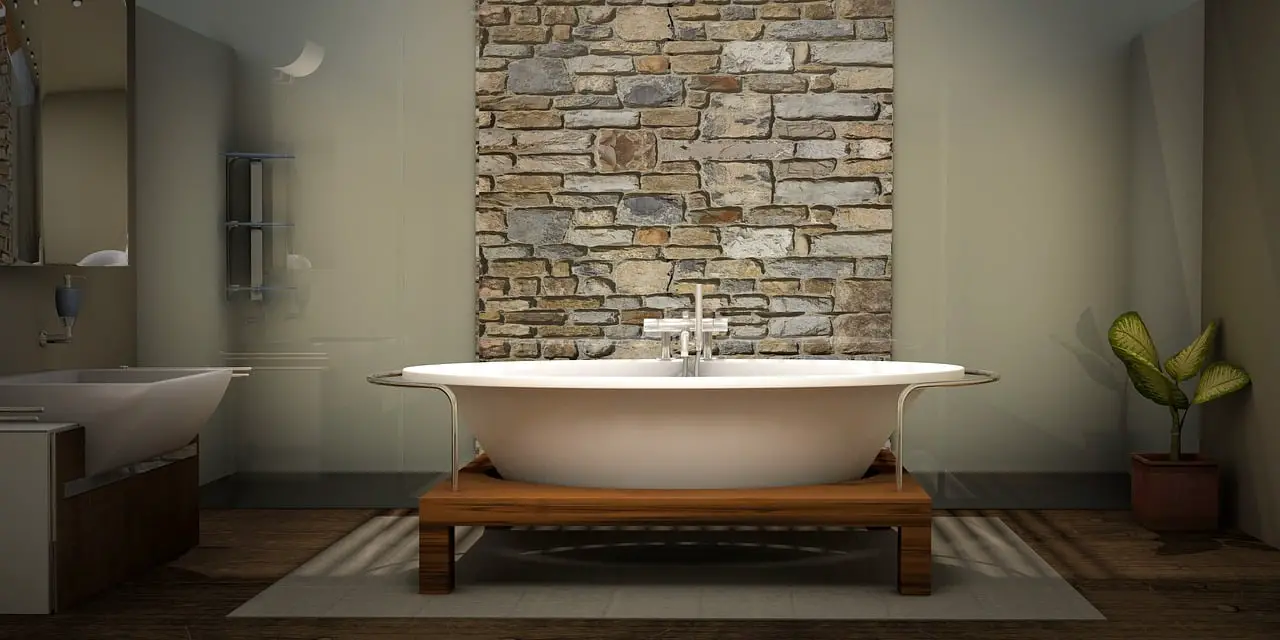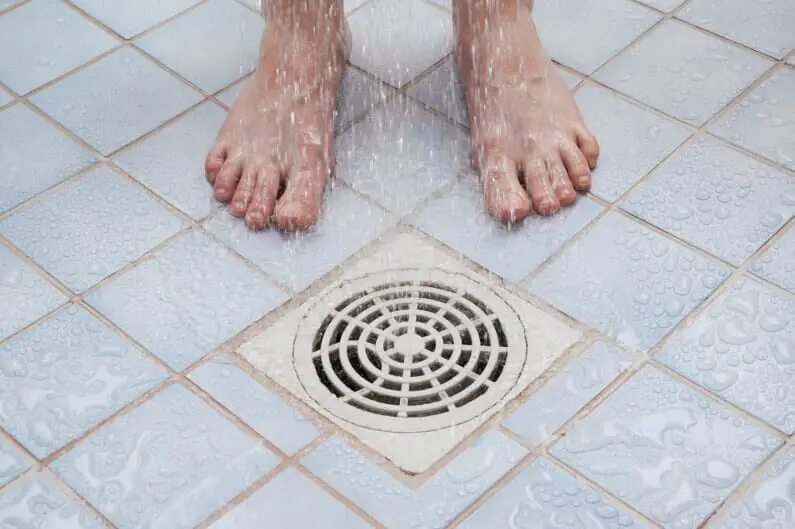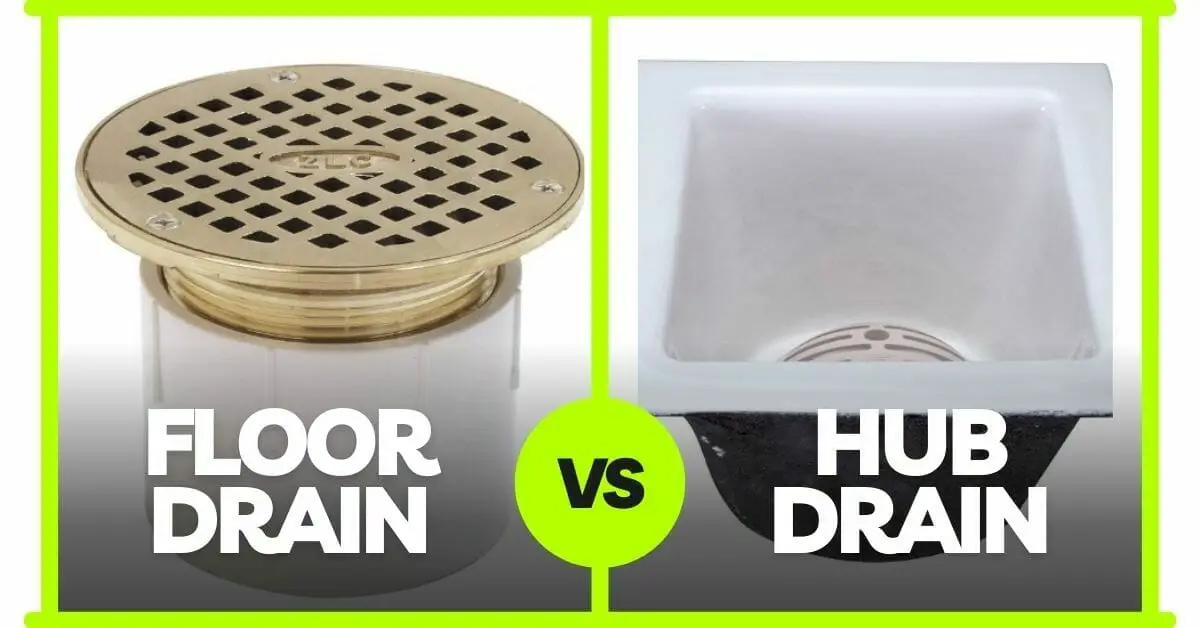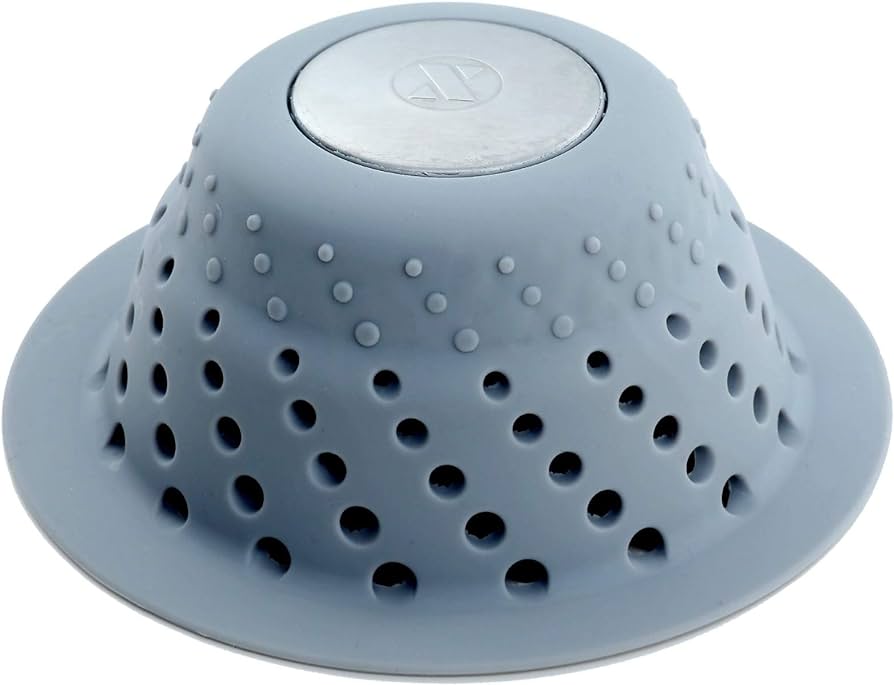It’s important to weigh the pros and cons before committing to turbine roof vents for your home.
Pros of turbine roof vents:
- Efficient air circulation: Turbine roof vents use wind power to create a vacuum that draws hot air out of the attic. This helps to keep the attic cool and reduce the energy load on your air conditioner.
- Energy efficiency: Turbine roof vents do not require electricity to operate, so they can help you save money on your energy bills.
- Low operating costs: Turbine roof vents are relatively inexpensive to install and maintain.
- Durability: Turbine roof vents are made of durable materials that can withstand harsh weather conditions.
- Natural ventilation: Turbine roof vents provide natural ventilation, which can help to improve indoor air quality.
Cons of turbine roof vents:
- Dependency on wind: Turbine roof vents are only effective when there is wind blowing. If your home is located in a sheltered area, turbine roof vents may not be the best option for you.
- Aesthetic concerns: Some people find the appearance of turbine roof vents to be unsightly.
- Inconsistent performance: Turbine roof vents may not perform as well in certain weather conditions, such as high winds or heavy snow.
- Potential noise: Turbine roof vents can make noise when they are spinning. This noise may be a nuisance to some people.
- Installation complexity: Turbine roof vents can be more complex to install than other types of roof vents. It is important to have them installed by a qualified professional to avoid leaks or other problems.
Overall, turbine roof vents are a good option for many homeowners. They are energy-efficient, durable, and provide natural ventilation. However, it is important to consider the potential drawbacks, such as their dependency on wind and aesthetic concerns, before deciding whether or not they are right for you.
Pros and Cons of Turbine Roof Vents
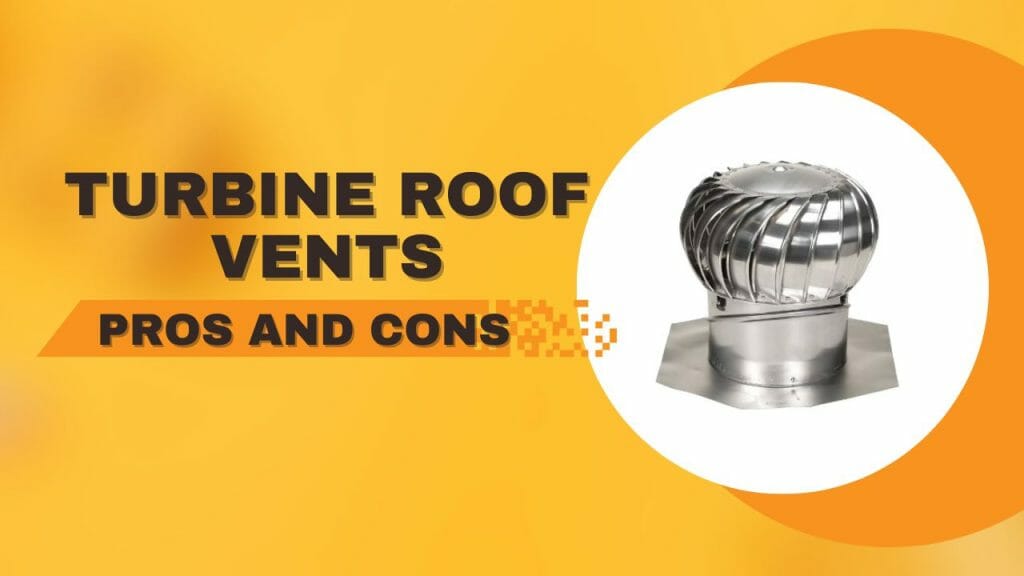
Turbine roof vents are a popular choice for homeowners looking to improve ventilation in their homes. These roof vents are designed to extract hot air from the attic, helping to regulate temperature and reduce energy costs. However, like any home improvement product, there are both pros and cons to consider before investing in turbine roof vents. In this article, we will explore the advantages and disadvantages of turbine roof vents to help you make an informed decision for your home.
Read more: Plumbing Vent Diagram [3 Visible Diagram]
The Pros of Turbine Roof Vents
Turbine roof vents offer several benefits that make them an attractive option for homeowners.
Firstly, they provide effective ventilation. The spinning motion of the turbine creates a suction effect, drawing hot air out of the attic and allowing fresh air to enter. This helps to prevent the buildup of moisture, which can lead to damage and mold growth. Proper ventilation also helps to extend the lifespan of your roof and reduces the risk of structural issues caused by heat and humidity.
Secondly, turbine roof vents are energy-efficient. By expelling hot air from the attic, they help to reduce the workload on your air conditioning system, leading to lower energy consumption and utility bills. This can be especially beneficial in warmer climates where air conditioning is used extensively.
More: Kitchen Sink Vent Diagram – The Complete Guide
Another advantage of turbine roof vents is their durability. Made from high-quality materials such as aluminum or galvanized steel, these vents are designed to withstand harsh weather conditions and last for many years. They are also relatively low-maintenance, requiring only periodic cleaning to remove debris and ensure optimal performance.
Improved Air Quality and Comfort
One of the key benefits of turbine roof vents is the improvement in air quality and comfort within the home. By removing hot air and moisture from the attic, these vents help to create a more comfortable living environment. This can be particularly beneficial during the summer months when attics can become extremely hot and stuffy.
Additionally, proper ventilation provided by turbine roof vents can help to reduce the concentration of pollutants and allergens in the air, improving indoor air quality. This is especially important for individuals with respiratory conditions or allergies, as it can help alleviate symptoms and create a healthier living space.
Cost Savings
Another advantage of turbine roof vents is the potential for cost savings. By reducing the load on your air conditioning system, these vents can help lower your energy bills. Additionally, they can increase the lifespan of your roof by preventing excess heat and moisture buildup, potentially saving you money on future repairs or replacements.
The Cons of Turbine Roof Vents
While turbine roof vents offer many benefits, there are also some drawbacks to consider.
One potential disadvantage is noise. The spinning motion of the turbine can create a humming or whirring sound, which may be bothersome to some homeowners, especially if their bedrooms or living areas are located near the attic.
Another drawback is the potential for leaks. If not properly installed or maintained, turbine roof vents can allow water to enter the attic during heavy rain or snowfall. This can lead to water damage and costly repairs if not addressed promptly.
Additionally, turbine roof vents may not be suitable for all types of roofs. They require sufficient roof space and proper placement to ensure optimal performance. In some cases, alternative ventilation options may be more appropriate, such as ridge vents or soffit vents.
Also Read: Plumbing Vent Through Exterior Wall
Installation and Maintenance
The installation of turbine roof vents can be a complex process that requires professional expertise. Improper installation can lead to inefficiencies and potential issues, such as leaks or inadequate ventilation. It is important to hire a qualified contractor to ensure proper installation and avoid future problems.
Maintenance is another consideration with turbine roof vents. While they are generally low-maintenance, regular cleaning is necessary to remove debris and ensure optimal airflow. Neglecting maintenance can decrease their effectiveness and potentially lead to issues such as clogging or reduced ventilation.
In conclusion, turbine roof vents offer several advantages, including effective ventilation, energy efficiency, durability, improved air quality, and potential cost savings. However, they also have some drawbacks, such as noise, the potential for leaks, and the need for proper installation and maintenance. It is important to carefully weigh the pros and cons before deciding on turbine roof vents for your home. Consulting with a professional can help you determine if they are the right choice for your specific needs and circumstances.
Key Takeaways: Pros and Cons of Turbine Roof Vents
- Turbine roof vents are a cost-effective way to ventilate your home.
- They harness wind power to create airflow and remove hot air from your attic.
- Pro: Turbine vents can help reduce energy costs by keeping your home cooler.
- Con: They may not be as effective in areas with low wind speeds.
- Pro: Turbine vents are low maintenance and durable.
Frequently Asked Questions
Question 1: How do turbine roof vents work?
Turbine roof vents, also known as whirlybird vents, work by utilizing wind power to create ventilation in your attic or roof space. As the wind blows, it causes the turbine to spin, creating suction and pulling hot air and moisture out of the attic. This helps to regulate the temperature and moisture levels, preventing damage to the roof and reducing energy costs.
These vents are designed with fins or vanes that catch the wind and rotate the turbine. The spinning motion creates a pressure difference between the inside and outside of the vent, allowing for the extraction of hot air and moisture. Turbine roof vents are most effective in areas with consistent wind patterns.
Question 2: What are the advantages of turbine roof vents?
One of the main advantages of turbine roof vents is their ability to provide natural and cost-effective ventilation. They require no electricity to operate, relying solely on wind power. This makes them an eco-friendly option and can help reduce energy consumption.
Another advantage is their durability. Turbine roof vents are typically made from high-quality materials such as aluminum or galvanized steel, making them resistant to corrosion and long-lasting. They can withstand harsh weather conditions and require minimal maintenance.
Question 3: Are there any disadvantages to using turbine roof vents?
One potential disadvantage of turbine roof vents is their noise level. As the turbine spins, it can create a humming or whirring sound, which may be noticeable, especially in quiet environments. However, the noise can vary depending on the design and quality of the vent.
Additionally, turbine roof vents may not be as effective in areas with low wind speeds or inconsistent wind patterns. If there is not enough wind to generate sufficient airflow, the ventilation performance may be limited. It is important to consider the climate and wind conditions of your location before installing turbine roof vents.
Question 4: Can turbine roof vents cause leaks or water infiltration?
Turbine roof vents are designed to be weather-resistant and prevent water infiltration. They are typically installed with flashing and properly sealed to ensure a watertight connection with the roof. However, improper installation or damage to the vent can potentially lead to leaks.
Regular maintenance and inspection are important to ensure the vents remain in good condition. Any signs of damage or deterioration should be addressed promptly to prevent water infiltration and potential roof damage.
Question 5: Are there alternative options to turbine roof vents?
Yes, there are alternative options to turbine roof vents. Some alternative options include ridge vents, gable vents, and powered attic fans. Ridge vents are installed along the peak of the roof and provide continuous ventilation. Gable vents are located on the sides of the attic and allow for airflow. Powered attic fans are electrically powered and actively exhaust hot air from the attic.
The choice of ventilation system depends on various factors such as the roof design, climate, and personal preferences. It is recommended to consult with a roofing professional to determine the most suitable option for your specific needs.
Final Summary
After exploring the pros and cons of turbine roof vents, it’s clear that these ventilation systems offer several benefits for homeowners. On the positive side, turbine roof vents are cost-effective, energy-efficient, and environmentally friendly. They harness the power of natural wind to effectively ventilate attics and reduce moisture buildup, which can lead to mold and mildew issues. Additionally, they help regulate temperature, preventing heat buildup in the summer and reducing the strain on air conditioning systems. With their simple design and low maintenance requirements, turbine roof vents provide a practical solution for improving indoor air quality and extending the lifespan of roofs.
However, it’s important to consider the drawbacks as well. One significant con is the potential for noise. While turbine roof vents are designed to spin with the wind, this rotation can create a humming or whirring sound that may be bothersome to some homeowners, especially if their bedroom or living spaces are directly below the vents. Another disadvantage is their vulnerability to extreme weather conditions. In areas prone to hurricanes or heavy snowfall, turbine roof vents may be more susceptible to damage compared to other ventilation options.
In conclusion, turbine roof vents offer a range of benefits, including cost-effectiveness, energy efficiency, and improved air quality. However, it’s important to weigh these advantages against the potential noise and susceptibility to extreme weather. Ultimately, the decision to install turbine roof vents should be based on individual circumstances and preferences. By considering the pros and cons, homeowners can make an informed choice that suits their needs and contributes to a comfortable and well-ventilated home environment.
